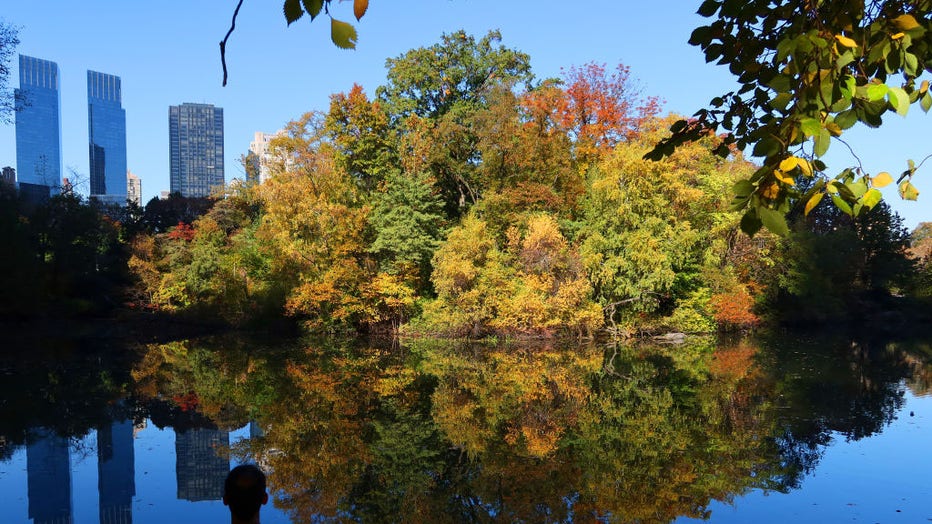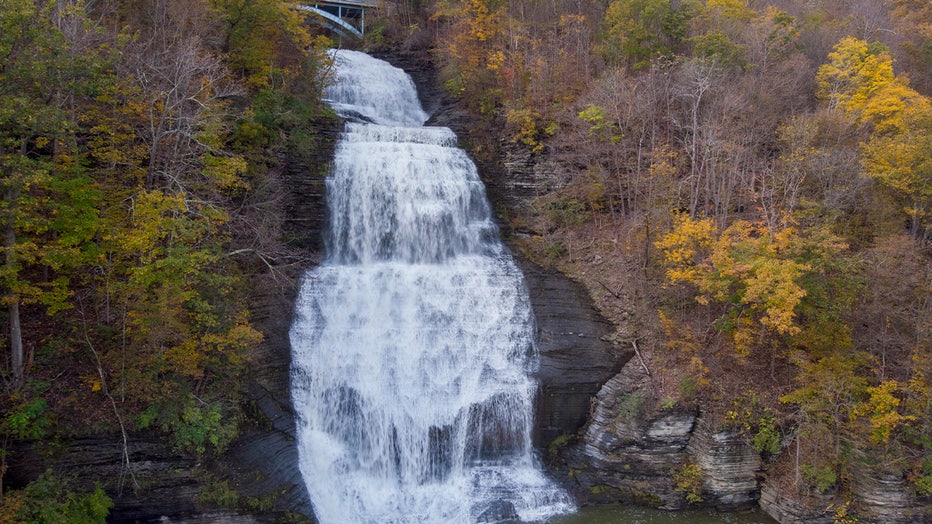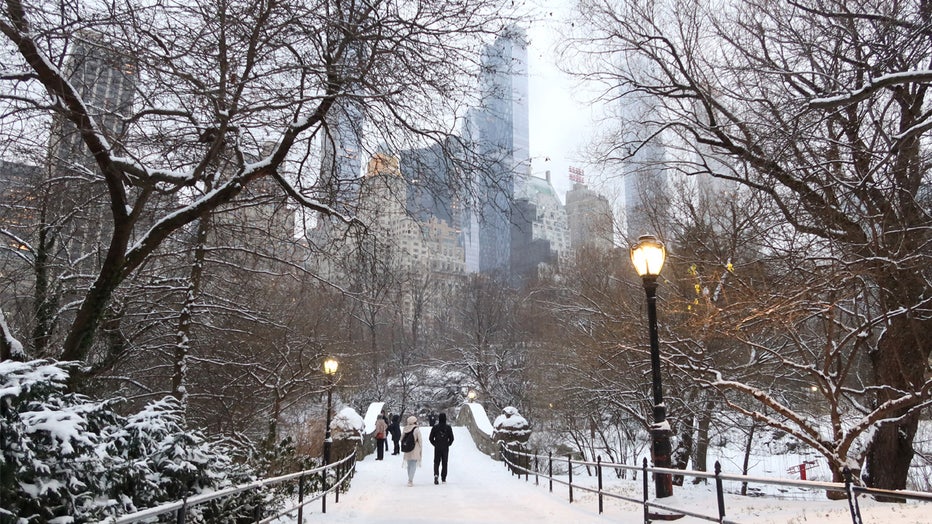When will NYC see peak fall colors?
Fall temperatures are almost upon us, but when is it actually going to look like fall? FOX 5 NY Meteorologist Audrey Puente breaks down the science behind the season.
NEW YORK CITY – Fall has officially begun!
Now it’s time to order your pumpkin-spiced latte, put on a comfy sweatshirt, go apple picking and carve a pumpkin.
Of course, there are lots of other fun things to do this season too.
Here’s when the leaves will change color in New York:
According to the iloveny.com’s Fall Foliage report. the leaves are just starting to change color now.
The Adirondacks, Catskills, Thousand Island-Seaway, Capital-Saratoga, Central New York, Finger Lakes, and Greater Niagara regions are starting to display early signs of fall colors.
Explorefall.com reports the estimated date for the leaves to peak in New York City is Nov. 8. Right now in New York City, there is little to no color.
By mid-October, most of New York will be in peak color. (FOX Weather) ( )
By Oct. 1, nearly all the trees in the state will have started changing, along with most of Connecticut and all but small areas of southern New Jersey. Parts of the North Country, Mohawk Valley, and Capital Region will already be experiencing moderate to significant leaf color changes.
Why do leaves change colors?

FILE – A person looks out at the fall foliage next to the Pond in Central Park on November 9, 2021, in New York City. (Photo by Gary Hershorn/Getty Images)
The vibrant colors of fall leaves are influenced not only by chlorophyll but also by weather conditions throughout the summer and early fall.
Chlorophyll is the green pigment essential for photosynthesis, allowing trees to convert sunlight into energy.
As chlorophyll breaks down in autumn, it reveals the beautiful yellows, oranges and reds beneath, especially after periods of ample rain.
Weather patterns play a crucial role in this transformation. Excessive dryness or wetness can disrupt the typical progression of fall foliage, leading to less vivid colors.
The fall color change starts in high-altitude regions of Alaska around mid-August and gradually moves southward, with areas along the Gulf Coast experiencing their peak color shifts in late November or early December.
The most widespread changing of leaves is taking place throughout the Rockies but stands to pick up the pace over the next few weeks as the country heads into astronomical fall.
What is fall and the autumnal equinox?
Fall is a transition season, meaning the hot weather pattern of summer begins to change to the cold weather pattern of winter. The result can be large fluctuations in temperatures, severe weather and the first snows of the season.
The autumnal equinox is the moment when the sun crosses the equator, meaning those of us living in earth’s Northern Hemisphere will begin seeing more darkness than light.
The equinox is when the Earth’s axis is tilted neither toward nor away from the sun. There are only two equinoxes each year, the vernal & autumnal.

Fall foliage is seen at Shequaga Falls in the village of Montour Falls, New York, on Monday, November 1, 2021. (AP Photo/Ted Shaffrey)
The “nearly” equal hours of day and night are due to refraction of sunlight or a bending of the light’s rays that causes the sun to appear above the horizon when the actual position of the sun is below the horizon. Additionally, the days become a little longer at the higher latitudes (those at a distance from the equator) because it takes the sun longer to rise and set.
The autumnal equinox marks the beginning of astronomical fall, so it has no relation to temperatures, unlike meteorological fall.
What is fall foliage?
While the color of leaves depends on the chlorophyll, weather extremes can play a significant role in how magnificent the sights are during autumn.
Chlorophyll is a pigment that helps give leaves their color. The chemical compound helps the trees create their own food through photosynthesis, which converts sunlight into chemical energy.
The lack of chlorophyll can help reveal the sought-after yellow, orange and red colors, which are usually bountiful during rainier periods.
When does winter begin?

People walk over the Gapstow Bridge as snow falls in Central Park on January 16, 2024 in New York City. The City received a rare accumulation of snow overnight. (Photo by Gary Hershorn/Getty Images)
The first day of winter in the Northern Hemisphere starts with the winter solstice, which takes place this year on Dec. 21 at 4:20 a.m.
The winter solstice is the shortest day and longest night of the year. In the Northern Hemisphere, it happens when the sun is directly over the Tropic of Capricorn.
FOX Weather contributed to this report.

